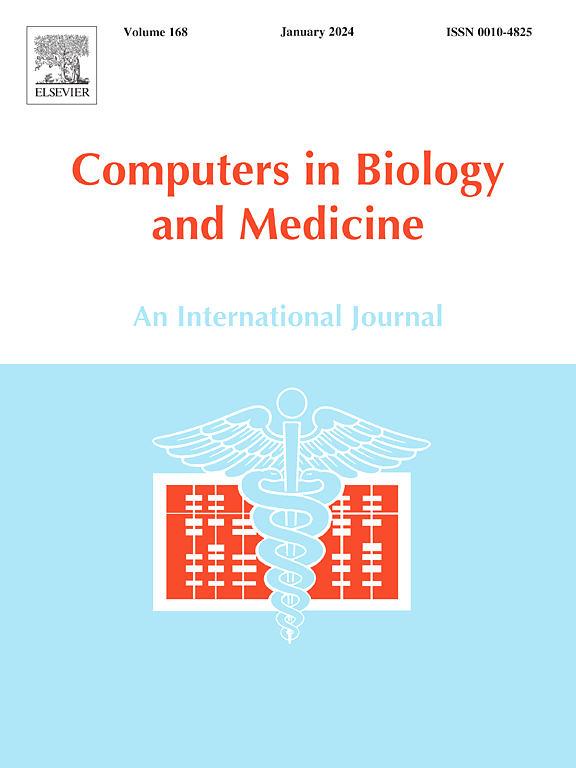Evolutionary insights into elongation factor G using AlphaFold and ancestral analysis
IF 7
2区 医学
Q1 BIOLOGY
引用次数: 0
Abstract
Elongation factor G (EF-G) is crucial for ribosomal translocation, a fundamental step in protein synthesis. Despite its indispensable role, the conformational dynamics and evolution of EF-G remain elusive. By integrating AlphaFold structural predictions with multiple sequence alignment (MSA)-based sequence analysis, we explored the conformational landscape, sequence-specific patterns, and evolutionary divergence of EF-G. We identified five high-confidence structural states of wild type (WT) EF-G, revealing broader conformational diversity than previously captured by experimental data. Phylogenetic analysis and MSA-embedded sequence patterns demonstrated that single-point mutations in the switch I loop modulate equilibrium between the two dominant conformational states, con1 and con2, which exhibit distinct functional specializations. Reconstructions of two ancestral EF-Gs revealed minimal GTPase activity and reduced translocase function in both forms, suggesting that robust translocase activity emerged after the divergence of con1 and con2. However, ancestral EF-Gs retained the fidelity of three-nucleotide translocation, underscoring the early evolutionary conservation of accurate mRNA movement. These findings establish a framework for understanding how conformational flexibility shapes EF-G function and specialization. Moreover, our computational pipeline can be extended to other translational GTPases, providing broader insights into the evolution of the translational machinery. This study highlights the power of AlphaFold-assisted structural analysis in revealing the mechanistic and evolutionary relationships involved in protein translation.

求助全文
约1分钟内获得全文
求助全文
来源期刊

Computers in biology and medicine
工程技术-工程:生物医学
CiteScore
11.70
自引率
10.40%
发文量
1086
审稿时长
74 days
期刊介绍:
Computers in Biology and Medicine is an international forum for sharing groundbreaking advancements in the use of computers in bioscience and medicine. This journal serves as a medium for communicating essential research, instruction, ideas, and information regarding the rapidly evolving field of computer applications in these domains. By encouraging the exchange of knowledge, we aim to facilitate progress and innovation in the utilization of computers in biology and medicine.
 求助内容:
求助内容: 应助结果提醒方式:
应助结果提醒方式:


